Back in Black (and Red): Understanding the Difference Between AC and DC Power
Most people know AC/DC as the iconic rock band behind hits like Back in Black and Highway to Hell, but in the electrical world, AC (Alternating Current) and DC (Direct Current) are the two fundamental forms of electricity—and knowing the difference is essential for safe and efficient system design.
Whether you're wiring a home, designing a solar system, or troubleshooting a motor, understanding how AC and DC behave—and how the National Electrical Code (NEC) treats each—can keep your work compliant, reliable, and safe.
What is AC Power?
Alternating Current (AC) is the standard form of electricity supplied by utilities. The current reverses direction periodically—60 times per second (60 Hz) in North America. AC power is used in nearly every home and building because it can be easily transmitted and transformed across distances.
Key Characteristics:
Sinusoidal waveform (voltage alternates between positive and negative)
Easily stepped up/down with transformers
More efficient for long-distance transmission
Powers lighting, HVAC, outlets, and appliances
What is DC Power?
Direct Current (DC) flows in one constant direction and maintains a steady voltage. It is common in modern technology and renewable systems.
Key Characteristics:
Flat, steady voltage
Cannot use standard transformers (requires converters/inverters)
Used in batteries, solar panels, electric vehicles, and electronics
Critical for systems where stability and precision matter
NEC Considerations: Where the Code Draws the Line
The NEC addresses both AC and DC systems, but applies different design and protection strategies. Here’s how AC and DC are treated in key NEC sections:
1. Voltage Classification
NEC Article 100 classifies both AC and DC voltages. Systems under 1000V are considered “low voltage,” with different installation rules above that threshold.
2. Neutral and Grounding Requirements
NEC 250.162: DC systems over 60V must be grounded unless an exception applies.
Ground-fault protection for DC circuits (e.g., in PV systems) is addressed in NEC 690 and 705.
3. Overcurrent Protection
DC systems require different breaker ratings, as DC arcs are harder to extinguish.
NEC 240 and Article 480 (batteries) outline protection requirements for DC systems.
Equipment interrupt ratings must match the higher fault potential in DC circuits.
4. Color Coding
AC: Black/red/blue (ungrounded), white/gray (neutral), green (ground)
DC: Typically red (positive) and black or blue (negative); NEC 210.5(C) and 310.110(C) require proper labeling and identification in all systems.
Conclusion
While AC and DC might sound like rock legends, in the electrical world, they’re the foundation of nearly every system we design. AC powers our homes and cities; DC drives the technology we depend on every day. The NEC draws clear lines between them, requiring different grounding, protection, and labeling strategies. Knowing the difference—and designing with it in mind—keeps your work safe, efficient, and code-compliant.
References
NEC 2023:
Article 100 – Definitions
Article 240 – Overcurrent Protection
Article 250 – Grounding and Bonding
Article 310 – Conductors
Article 480 – Storage Batteries
Article 690 & 705 – Solar and Interconnected Systems
IEEE Std 946 – Recommended Practice for DC Power Systems
NFPA 70B – Electrical Equipment Maintenance
UL 489 & UL 1077 – Breaker Standards for AC and DC
Disclaimer:
The information, tools, and resources provided on this website are for general informational purposes only. While Empower Engineering strives to ensure accuracy and relevance, no guarantee is made regarding the completeness or applicability of the content to specific projects. Users are responsible for verifying all calculations, code interpretations, and design decisions with licensed professionals and local authorities. Empower Engineering assumes no liability for any loss, damage, or code violation resulting from the use of this website’s content.
Empower Engineering | July 15, 2025
11513 W Fairview Ave Ste 101
Boise, ID 83713
admin@empowerengineering.com
208-870-4379


